Photosynthesis by formerly Terrestrial Plants
The sea grasses are green because they create their own food through photosynthesis. The green pigment, chlorophyll is sequestered in the plant organelle caused chloroplasts. Therefore, adequate sunlight is important for them in the same way that it is important for terrestrial plants. As photosynthesizing plants, sea grasses are a net producer of oxygen generating 10 liters per square meter daily. Indeed should their growth be stunted it will be a good indicator that water quality has been affected either by soil runoff or pollution.
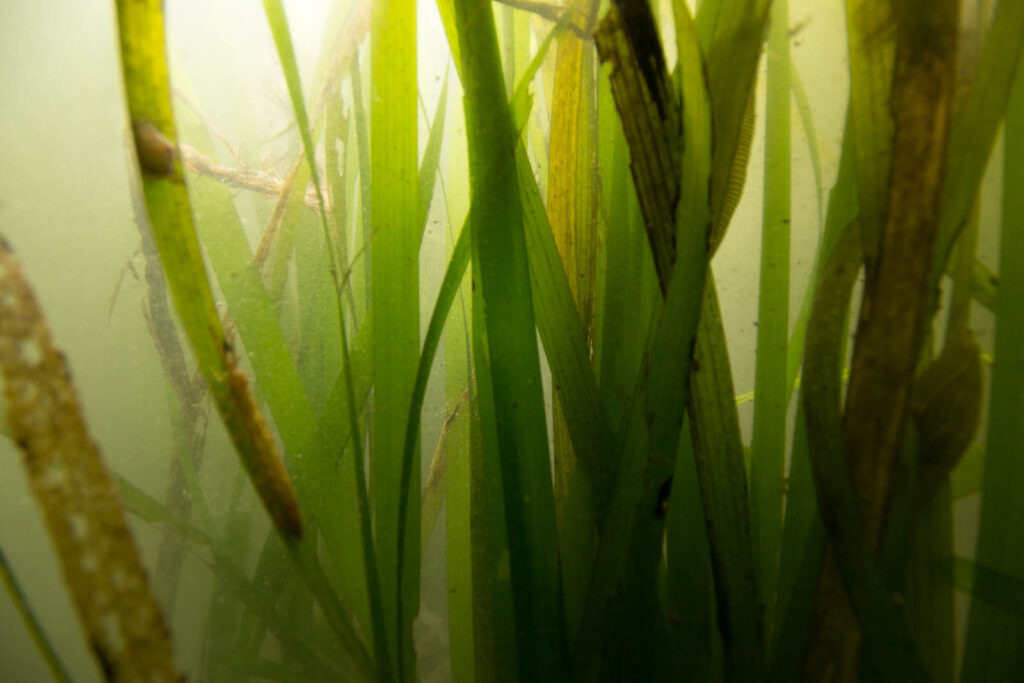
Keystone Species
But sea grasses are not just an interesting botanic curiosity. They serve a wide variety of ecological functions and can be considered a keystone species. Effectively, that means that if such a species is removed from an ecosystem, that ecosystem would change drastically.
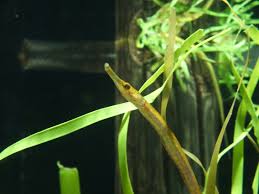
Fishermen know to seek out areas with seagrass meadow as they act as nurseries for many and varied water creatures. Some bacteria, algae and invertebrates live directly on the grassy blades where they also provide benefit by cleaning the grass blades. Other organism, such as clams and sponges, seek protection among the blades or directly on the sediment in which the grass is growing. These smaller creatures, in turn, invite the attention of larger fish and molluscs creating a thriving fishy community. Old, dead leaves also wash ashore or deeper into the ocean where their “ride-along guests” are used as food by other organisms.
Seagrass is Versatility Personified
Seagrasses serve many other purposes. They slow the flow of water by capturing particles in runoff from coastal areas. The roots stabilize the sediment reducing erosion. They act as a nutrient pump by absorbing and releasing nutrients from coastal runoff. While we are learning to value our forests for capturing carbon from the air seagrasses store carbon even more efficiently than our forests by a ratio of 2:1. There is even some evidence that this is too modest a number.
Unfortunately, seagrass habitat is fragile and can be affected for all types of fishing that involve scraping the coastal seafloor. Seagrass growth is relatively slow and some species can take hundreds of years to establish a large meadow. Many efforts to restore degraded seagrass beds have not been as successful as expected. Experimental evidence shows that including bivalves such as Loripes lacteus increases the success of these efforts. This may be the result in turn of the symbiosis of the bivalve with a bacterium that can metabolize certain sulfur waste products of seagrass metabolism.
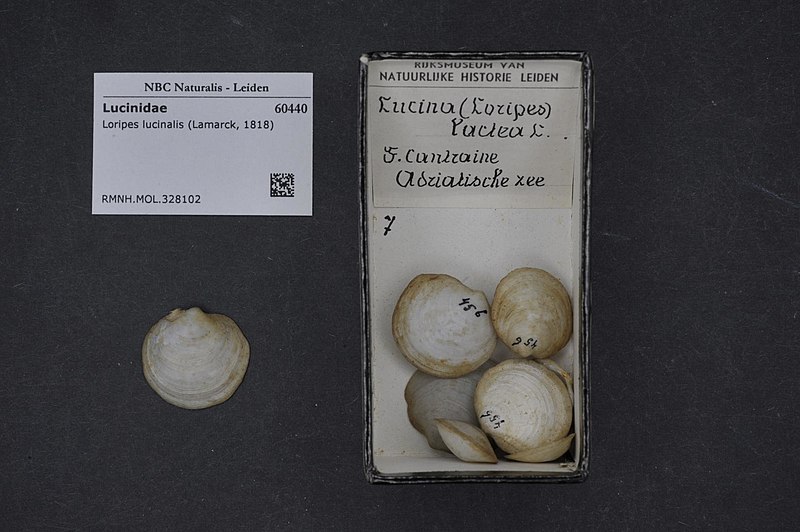
Direct Human Benefit
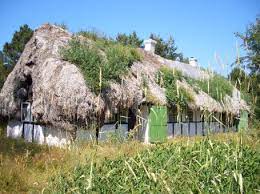
In addition to serving such human needs as a marine nursery, seagrass has been used for thatching homes, as fertilizer and as fodder for animals. Today there is interest in working with it to create new types of roofing tiles and other building materials.
Some inventors have even gone further and have created a modern seagrass house.
One of the most novel ideas is to cultivate seagrasses for their seeds, which are known as sea rice. Spanish chef Angel Leon has been actively cultivating his own plants, Zostera marina, for use in his restaurant. It’s taste was described as “the love child of rice and quinoa with a gentle saline undertow.”
A Word of Caution
While it is beyond the scope of this article, considerable mining operations are already being carried out in the deepest reaches of the oceans. Even more ambitious projects are under consideration. While this seems far removed from the coastal waters of our beautiful and useful seagrasses, we meddle with a finely tuned system at our own risk. We have polluted so much of the earth with terrible results, we should be much more cautious in our future dealings with the seas.
For more articles on interesting topics of natural history, consider my book A Habit of Seeing: Jorneys in Natural Science.
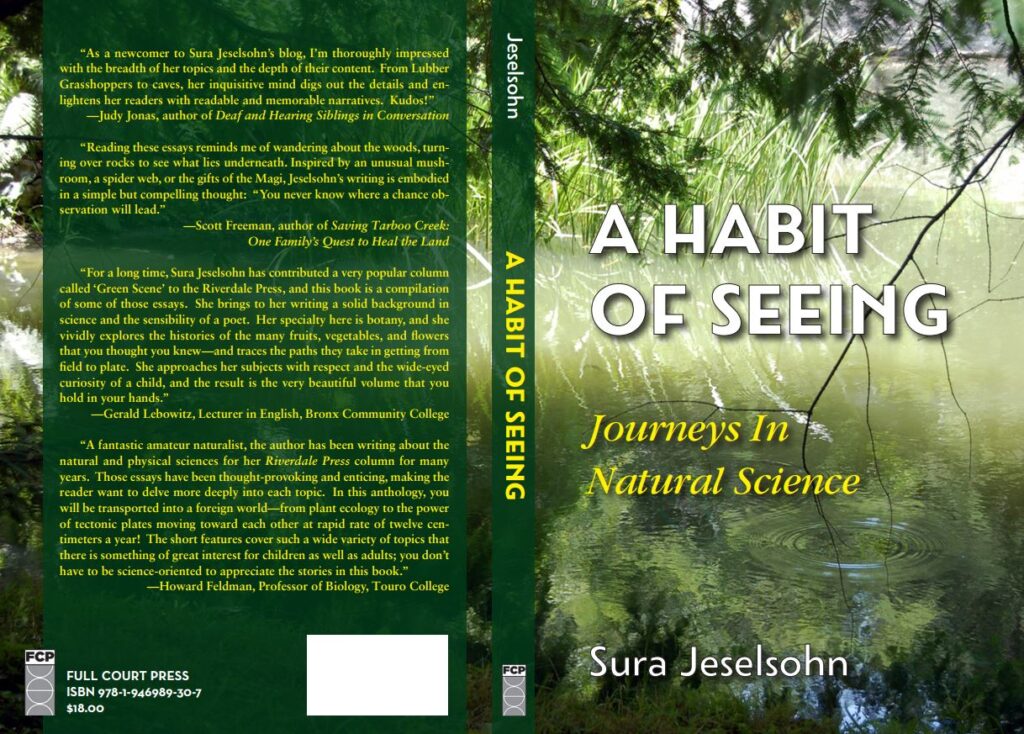
Good indepth (no pun intended) examination of seegrass. Thank you.
How & Where within in the Seagrass ecosystem do the bivalves live? Does their reproductive cycle include finding and colonizing the seagrass from substrate to sea surface?
A delightful look at something I never really thought about before.